Overhyped fitness trends can make developing a sustainable and practical exercise routine challenging.
Many radical exercise gadgets and workout routines claim to be the secret to accomplishing your fitness goals and dream body. However, overcomplicating your fitness journey with fleeting trends can hinder progress and negatively impact your overall health.
The ideal fitness routine prioritizes functional training with proven effectiveness over the latest technology or niche exercise fads.
Skip: Trendy Fitness Gadgets
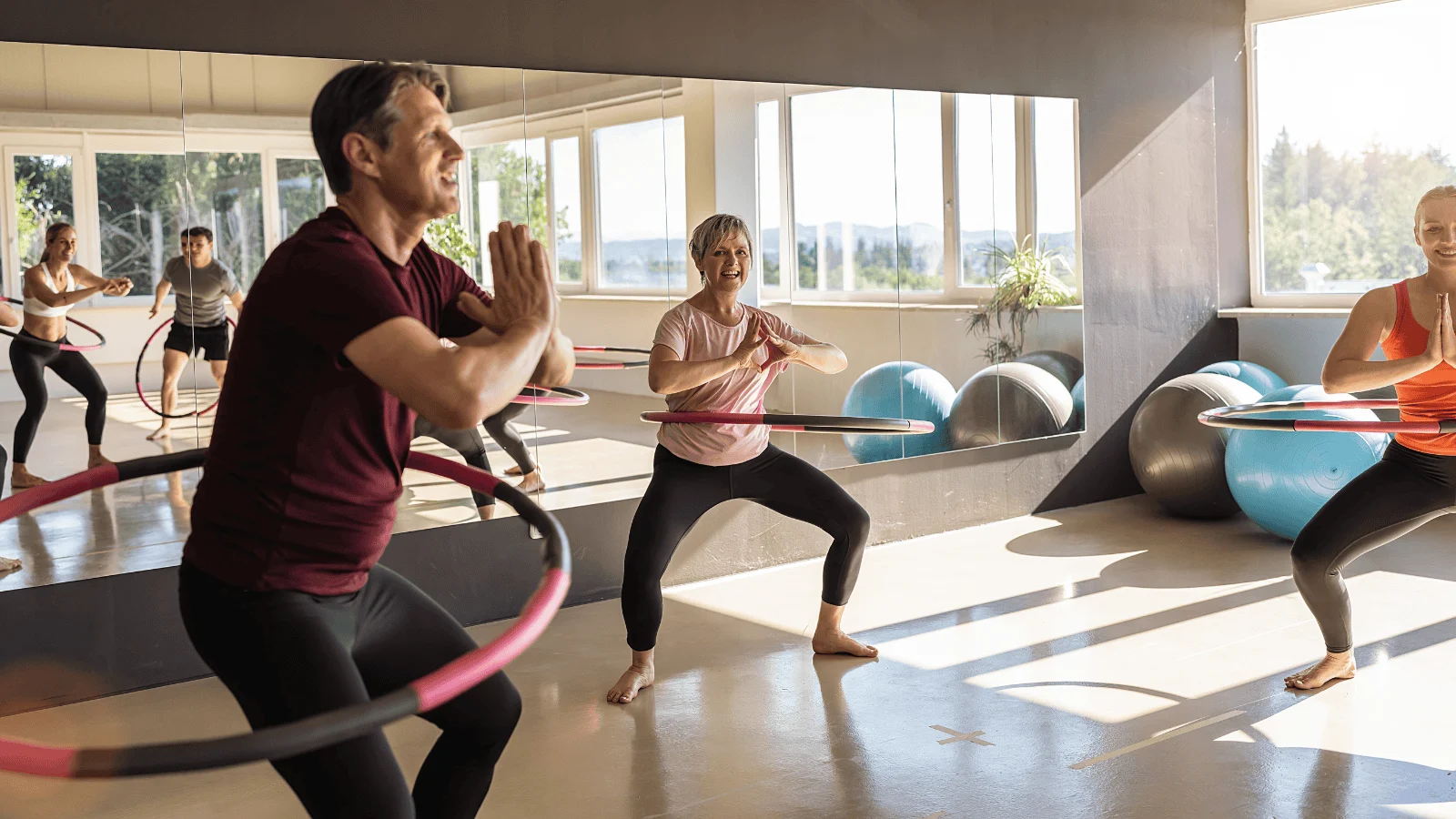
As new trends emerge, the health and wellness industry regularly promotes fad fitness tools and accessories. Products like vibrating dumbbells and weighted hula hoops promise muscle-toning results for minimal effort. However, these claims often fall short.
For instance, a Journal of Sports Science and Medicine study found the Shake Weight has no advantage over traditional dumbbells and often doesn’t work the muscles enough to increase strength. While fitness equipment can be a helpful tool to enhance your workout routine, you don’t need the latest gadgets to achieve your goals.
Instead: Invest in Proven Fitness Tools
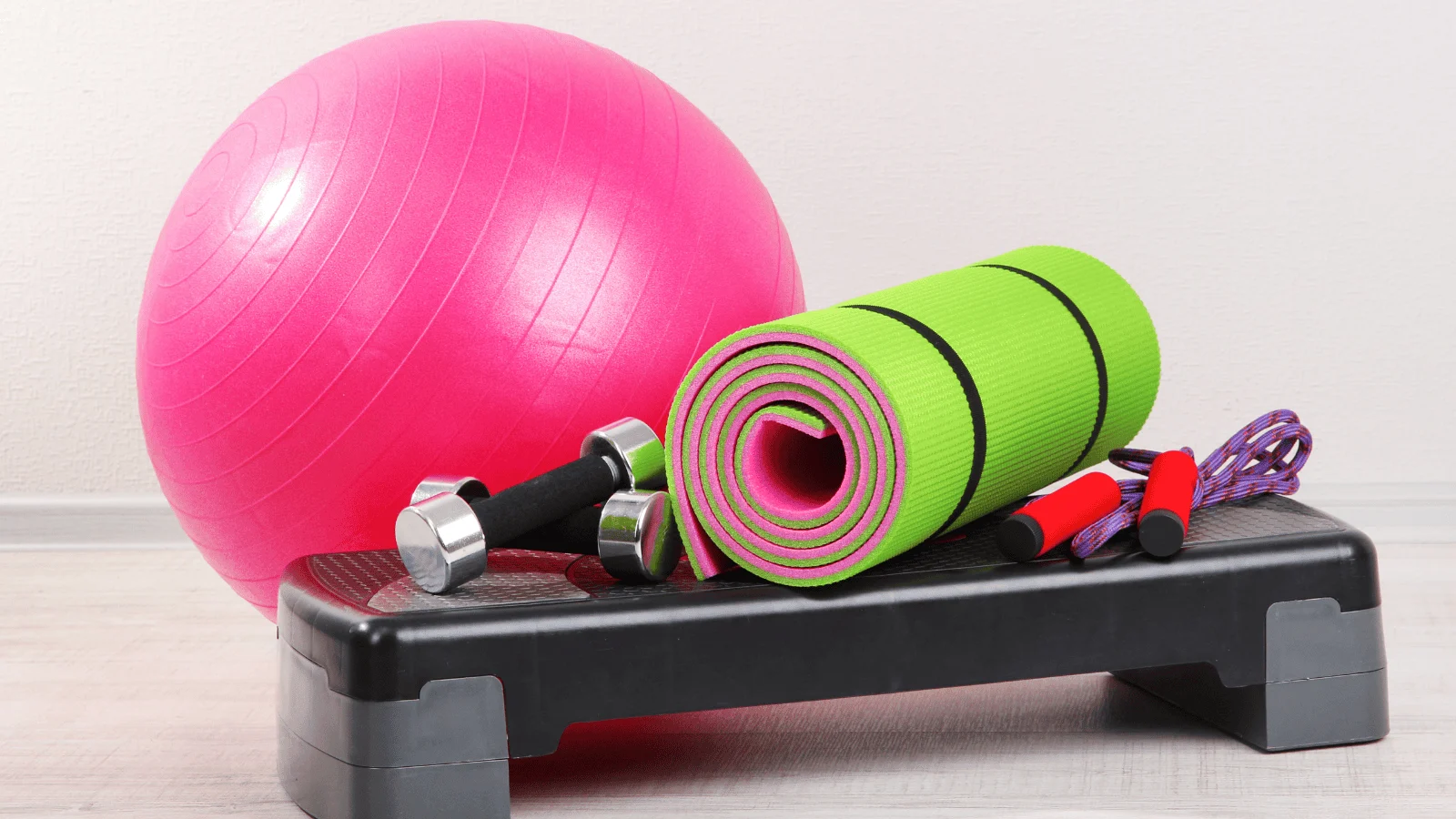
Stick to practical fitness gear with proven results, such as dumbbells and resistance bands. Many exercise tools and accessories are used and recommended by fitness experts.
These versatile, easy-to-use items are sure to last for years. They’re typically easy to find at big box stores and make great at-home exercise equipment.
Skip: Daily High-Intensity Workouts
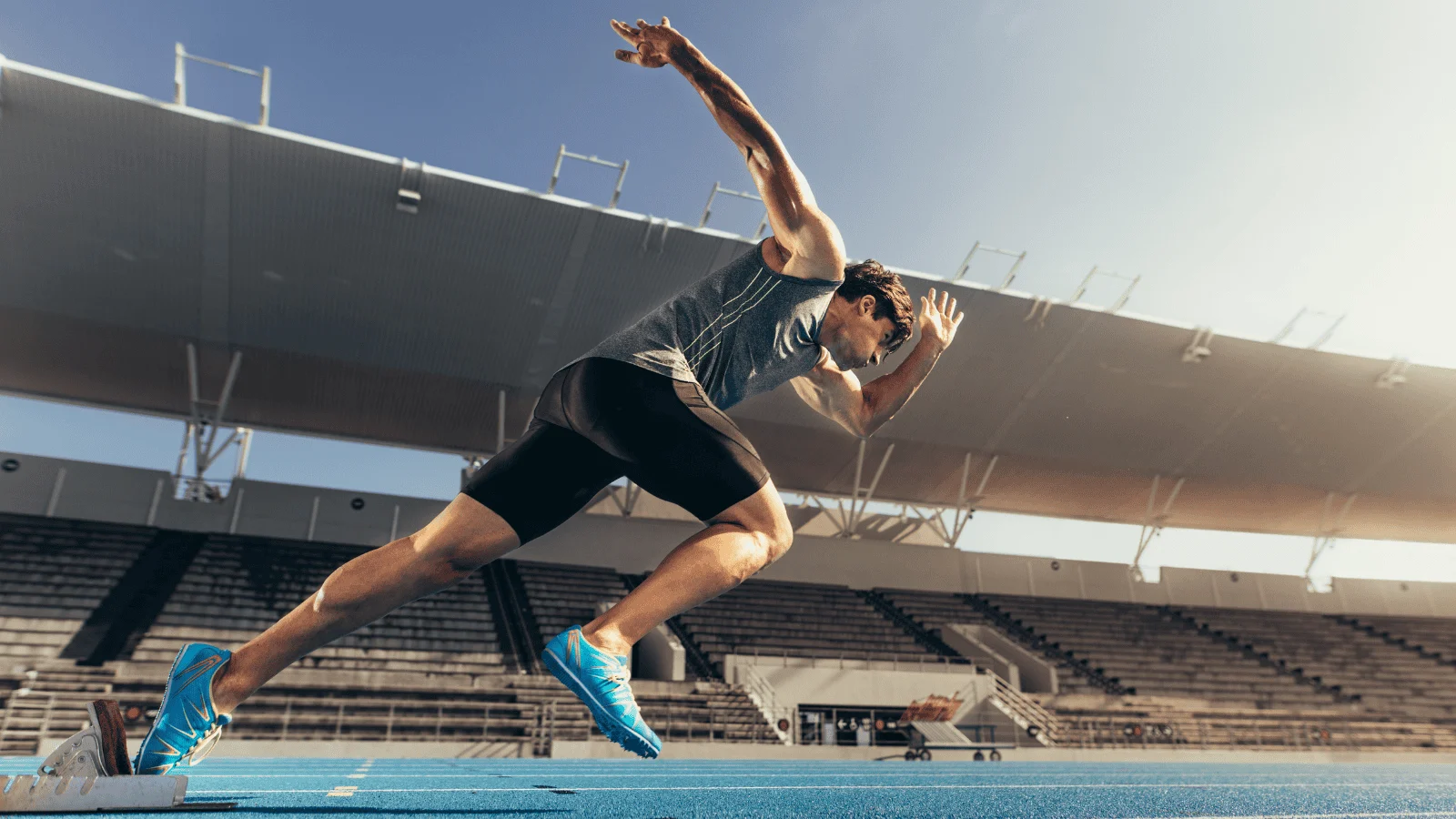
According to the Harvard T.H. Chan School of Public Health, the first high-intensity interval training (HIIT) workouts emerged in the 1950s. This HIIT model was designed to improve the performance of elite athletes by quickly raising their heart rates through bursts of exercise.
The trend has since grown in popularity because it delivers heart-pumping effects in 20 minutes or less. HIIT workouts are an excellent addition to most fitness routines but shouldn’t be performed daily. Health explains the body isn’t designed for daily high-intensity exercises. Doing HIIT workouts every day can cause injury, fatigue, and prolonged muscle stiffness.
Instead: Alternate Low-Impact Workouts
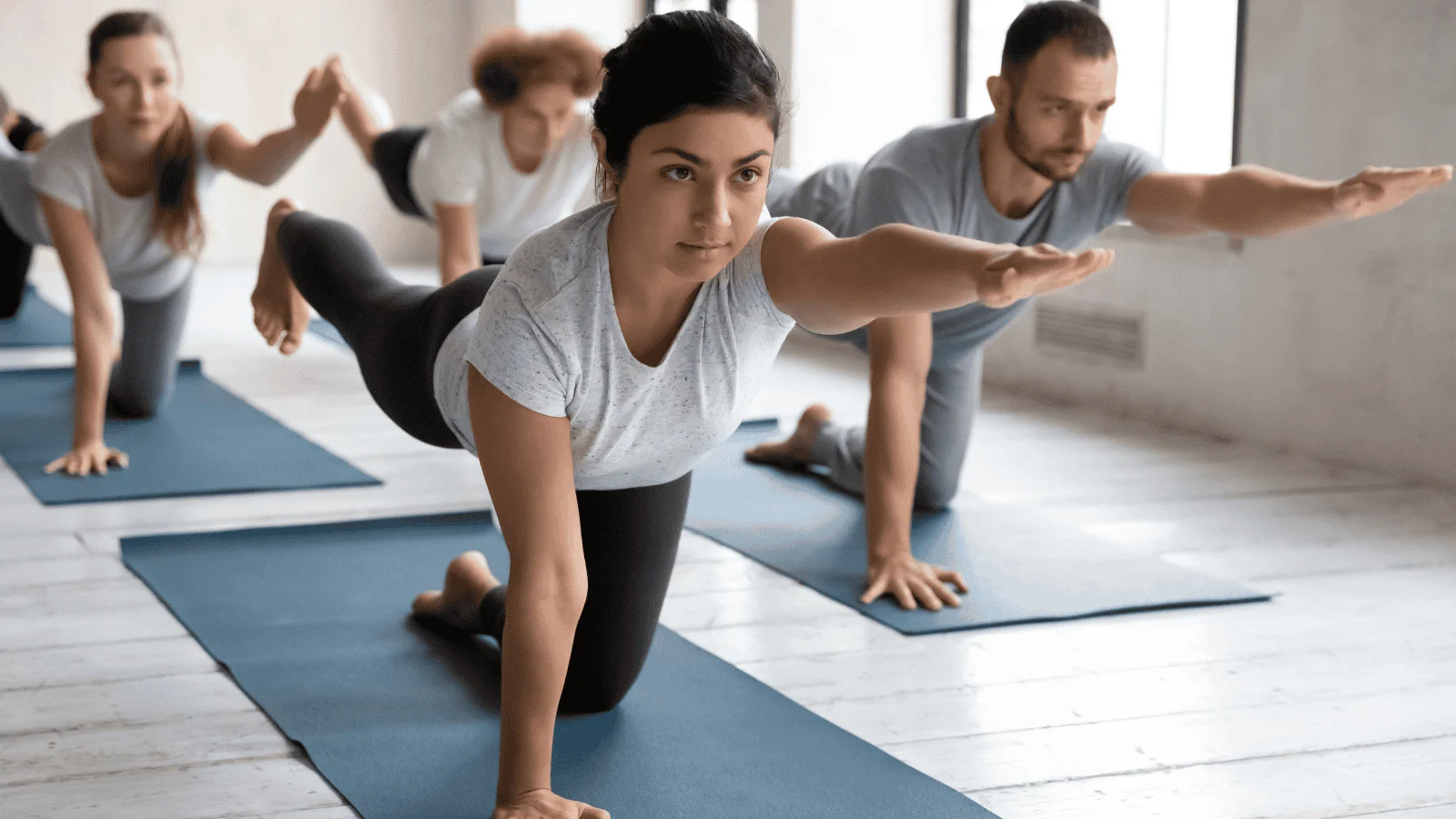
The Cleveland Clinic suggests two to three weekly HIIT exercises to maximize the health benefits without risking injury. Incorporate low-impact workouts, such as yoga and swimming, on days you aren’t doing HIIT.
Skip: Time-Based Challenges
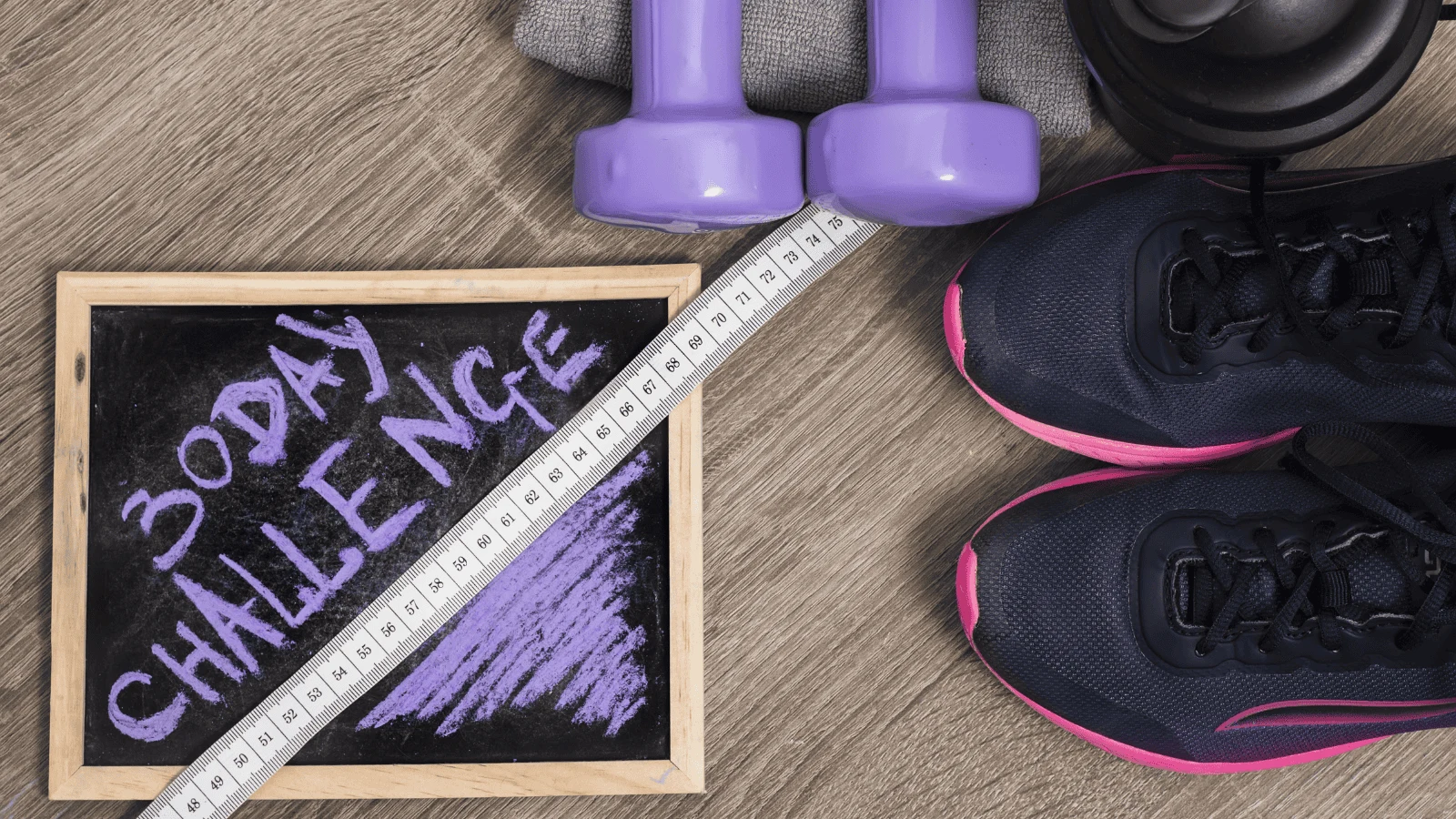
Many fitness challenges claim to transform your body in 30 days or less. Time-based exercise programs can provide healthy motivation but often prioritize short-term results over lasting changes. Workout challenges can be difficult to sustain, with unrealistic training frequency and intensity expectations.
Instead: Create a Consistent Routine
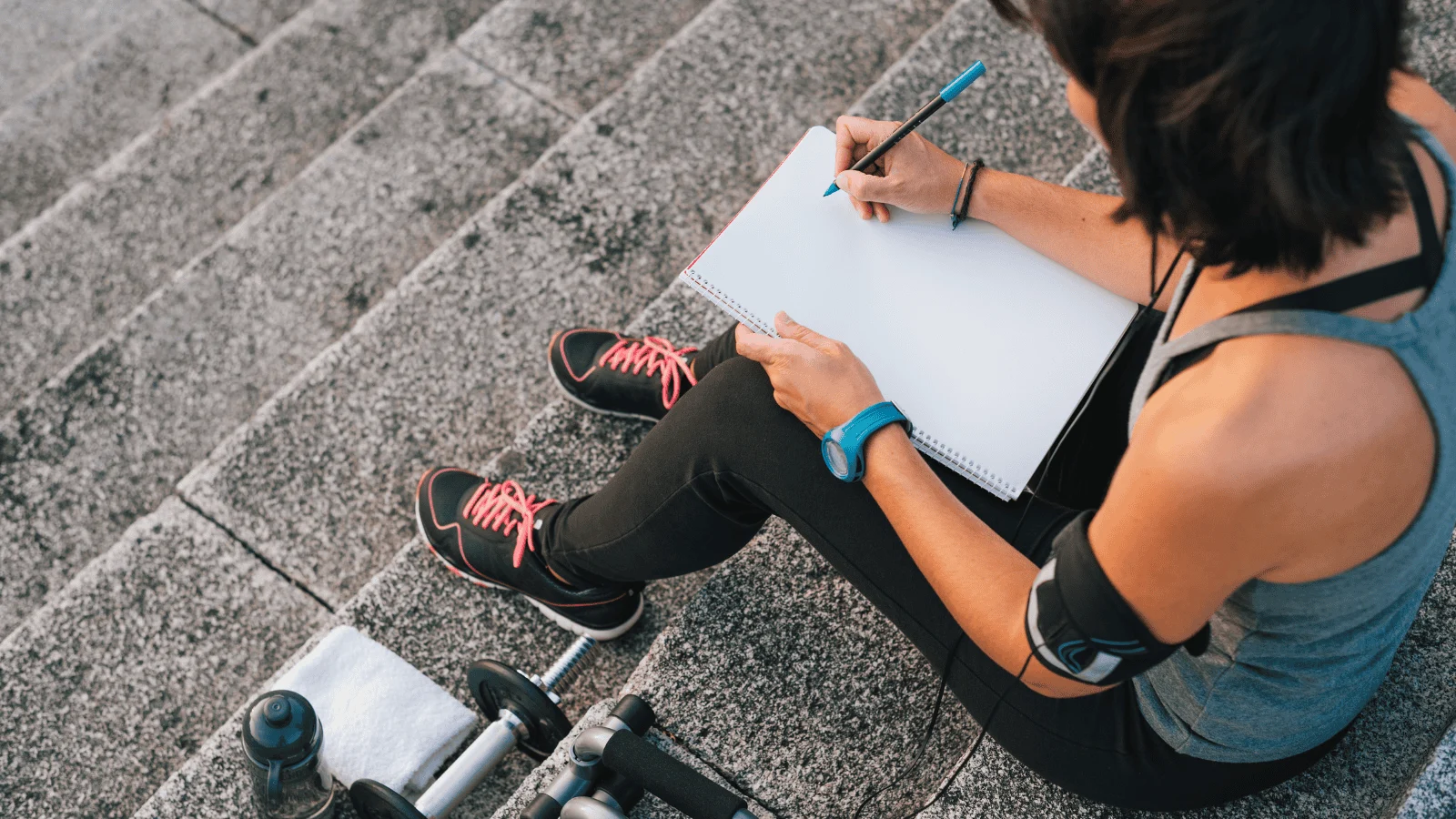
Rather than jumping into a 30-day fitness challenge, strive for consistency. Minor adjustments to your lifestyle and exercise routine can significantly impact your overall health. Bodies constantly change and adapt, so give yourself the appropriate time to build a regular workout routine.
Skip: Excessive Cardio
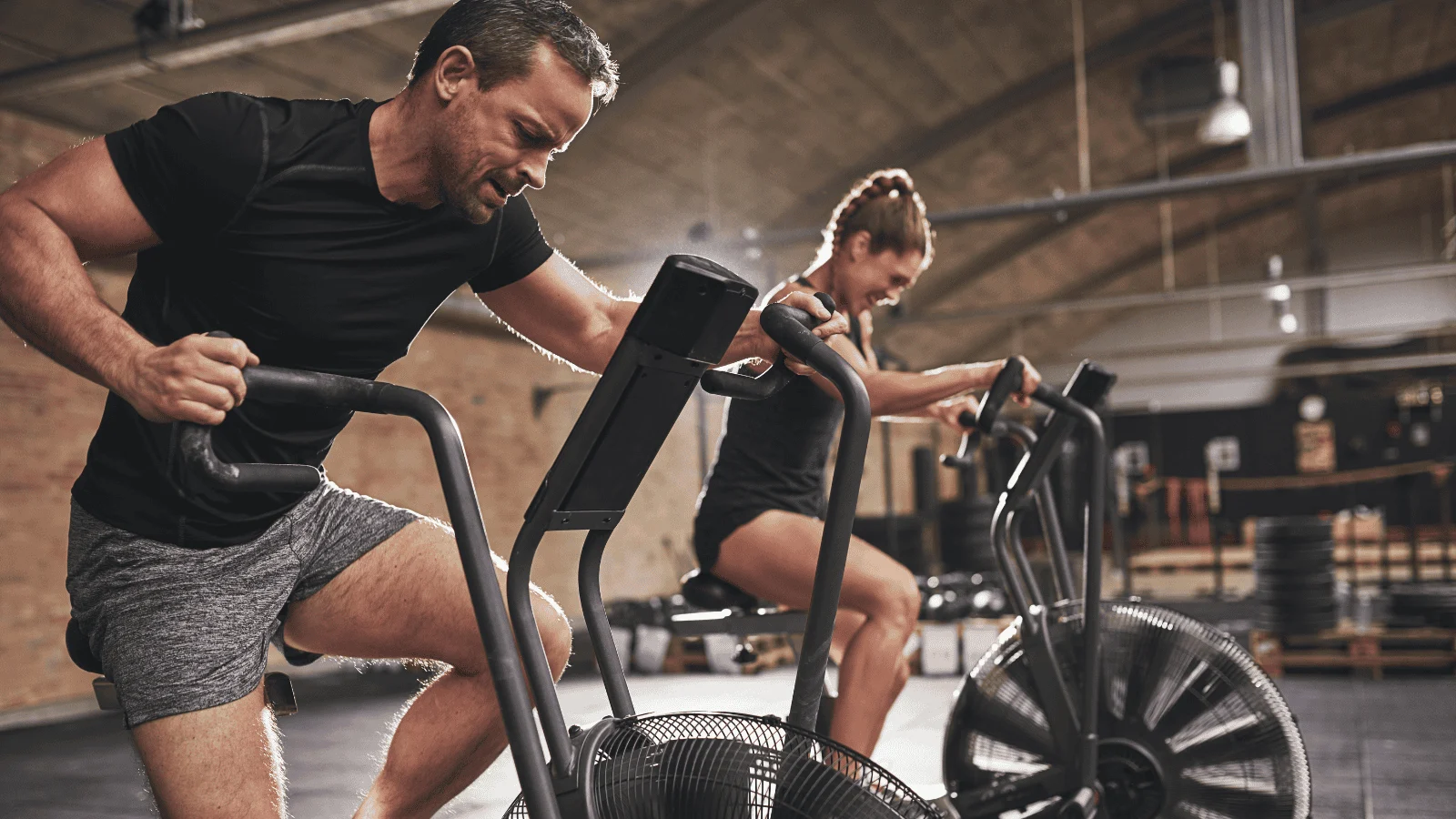
A common yet potentially harmful fitness trend is performing excessive cardio sessions for weight loss. Aerobic exercises such as walking, running, biking, and swimming are essential to a healthy lifestyle. According to the Mayo Clinic, regular cardio exercise strengthens the immune system, lowers blood pressure, and improves heart health.
However, doing too much cardio can negatively impact the body. Excessive cardio can result in chronic fatigue, joint pain, and heart damage.
Instead: Incorporate Strength Training
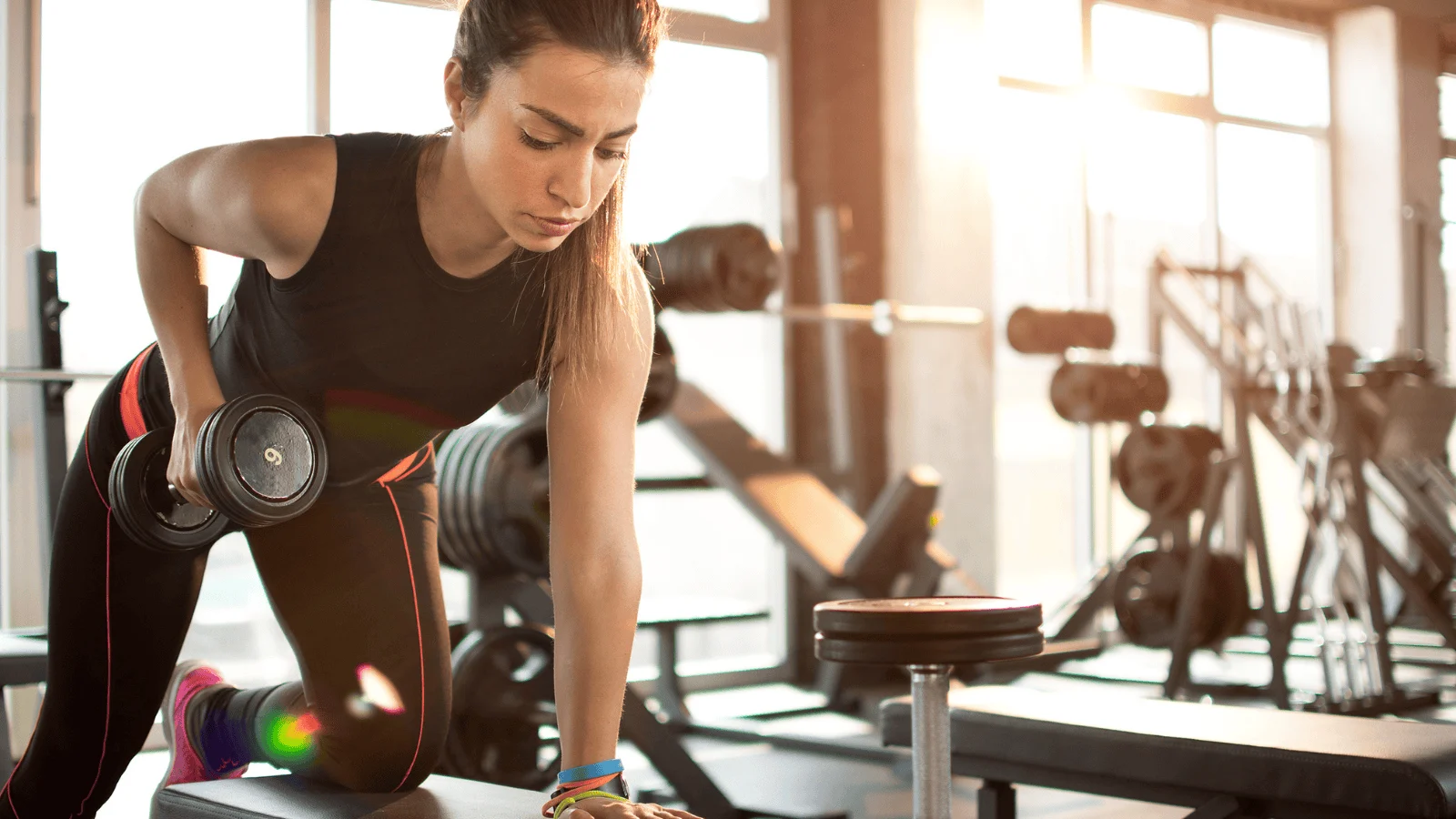
Stick to the American Heart Association’s recommended 75 to 150 minutes of weekly aerobic exercises, depending on the intensity. Strength training several days a week, in addition to cardio, can also support your fitness goals.
Skip: Body Wraps

Body wrapping was first invented in ancient Greece but has become a popular fitness trend in recent decades. Some businesses offer body wraps as a weight-loss tool to complement your regular workout routine. They claim to heat your muscles and encourage sweat to melt away body fat.
However, WebMD explains that body wraps do little more than dehydrate your body. While you may shed a few pounds using a body wrap, this is primarily water weight that will return once rehydrated.
Instead: Strive for Balance

Trendy gimmicks such as body wrapping without supporting scientific evidence won’t yield lasting results. If your goal is weight loss, focus on consistent exercise and a balanced diet. Losing weight healthily and sustainably takes time and patience.
Skip: Two-a-Day Routines
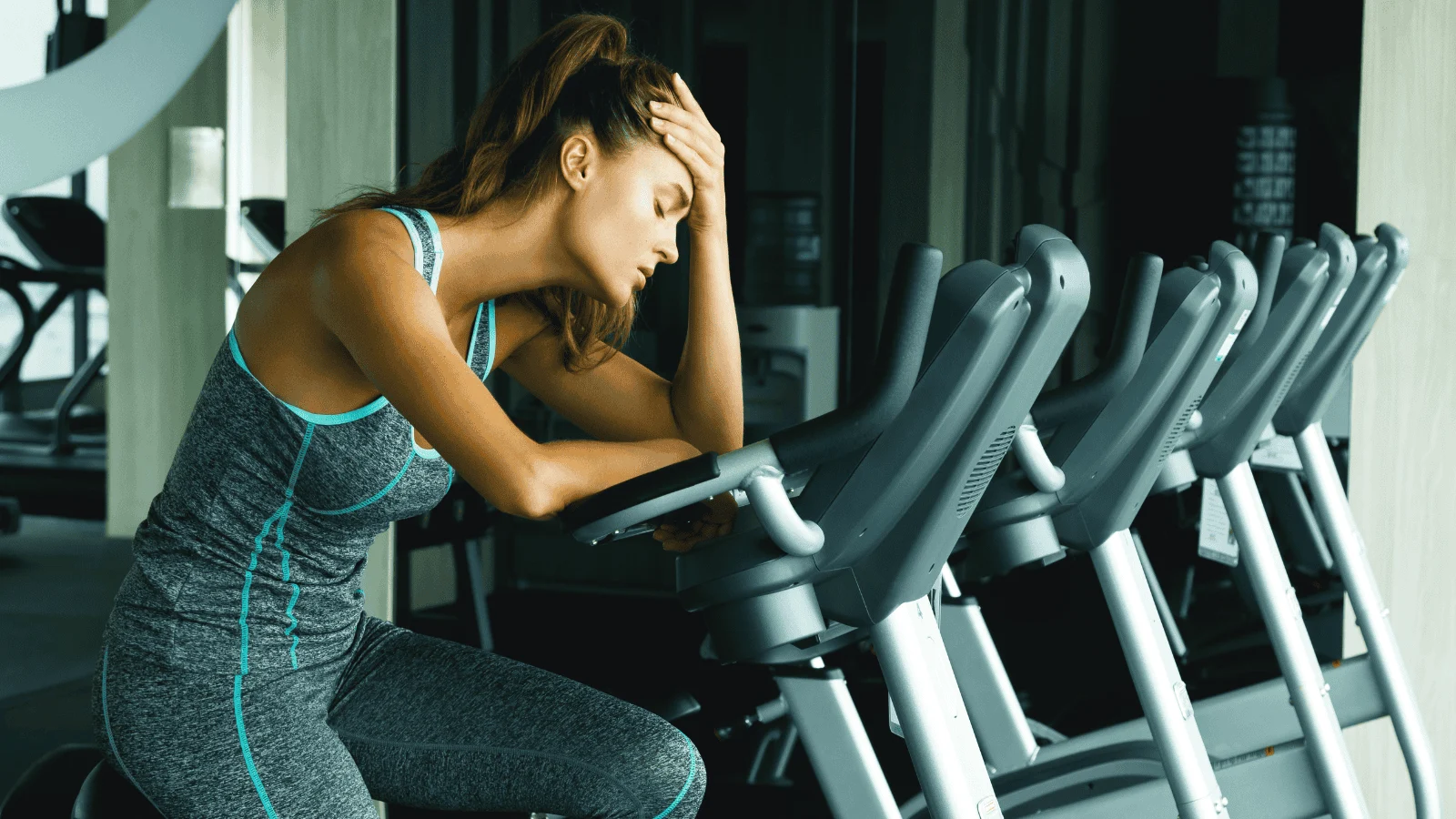
Numerous celebrities and fitness influencers say twice daily workouts are the secret to staying strong. The appeal of two-a-day workouts is that they can deliver noticeable results in less time. However, is this the ideal training method for sustained health?
While twice-daily workouts have pros for some, they also have significant cons. According to GoodRx, two-a-day exercise routines increase your risk of injuries due to overtraining.
Instead: Stretch it Out
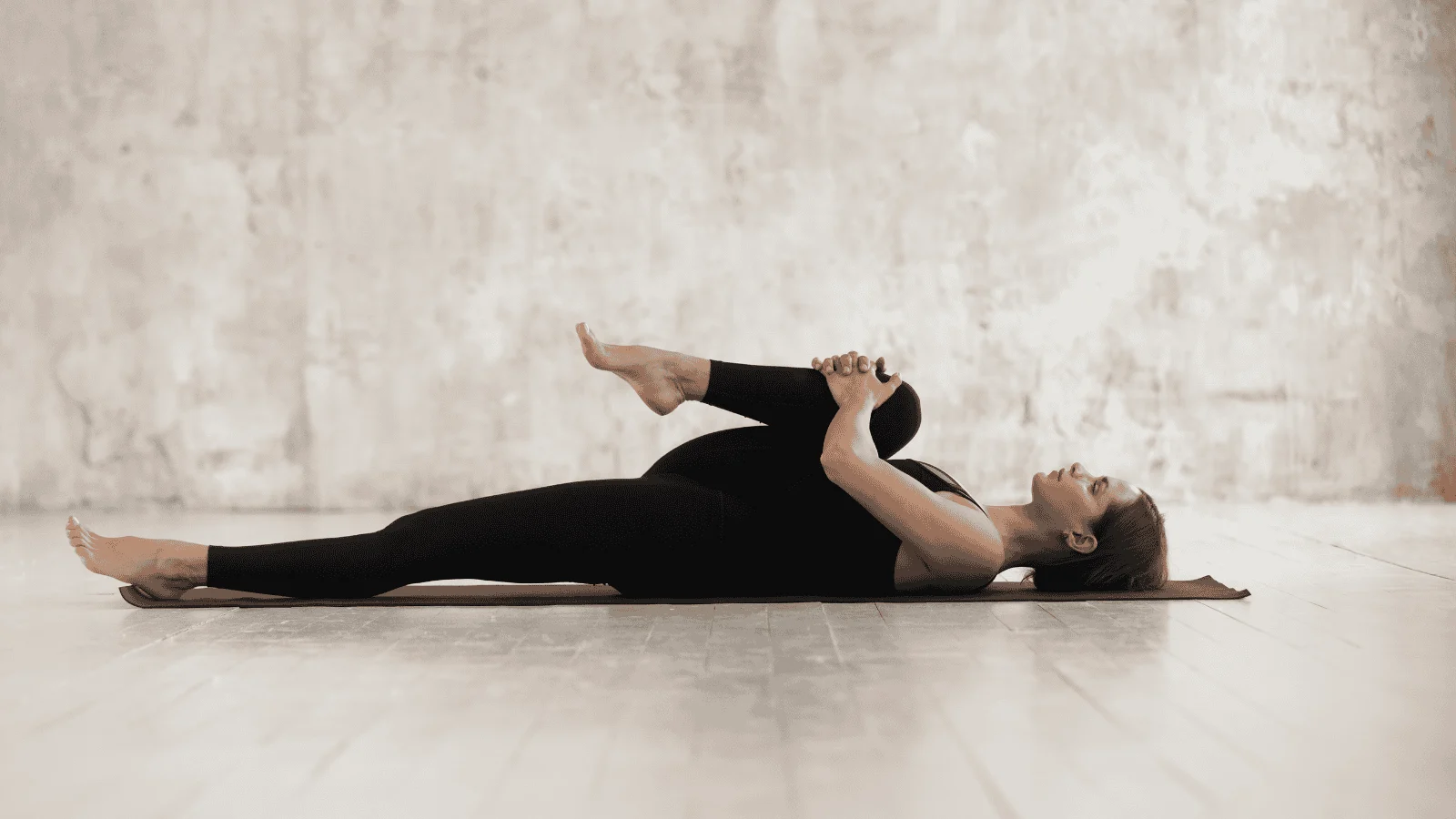
Rest and recovery are equally essential to accomplishing your fitness goals. A better option than two-a-day routines is to find a workout length that’s challenging but realistic for your daily schedule. If you feel like getting active more than once per day, consider complementing your strength training with stretches or low-impact cardio.
Skip: Waist Trainers
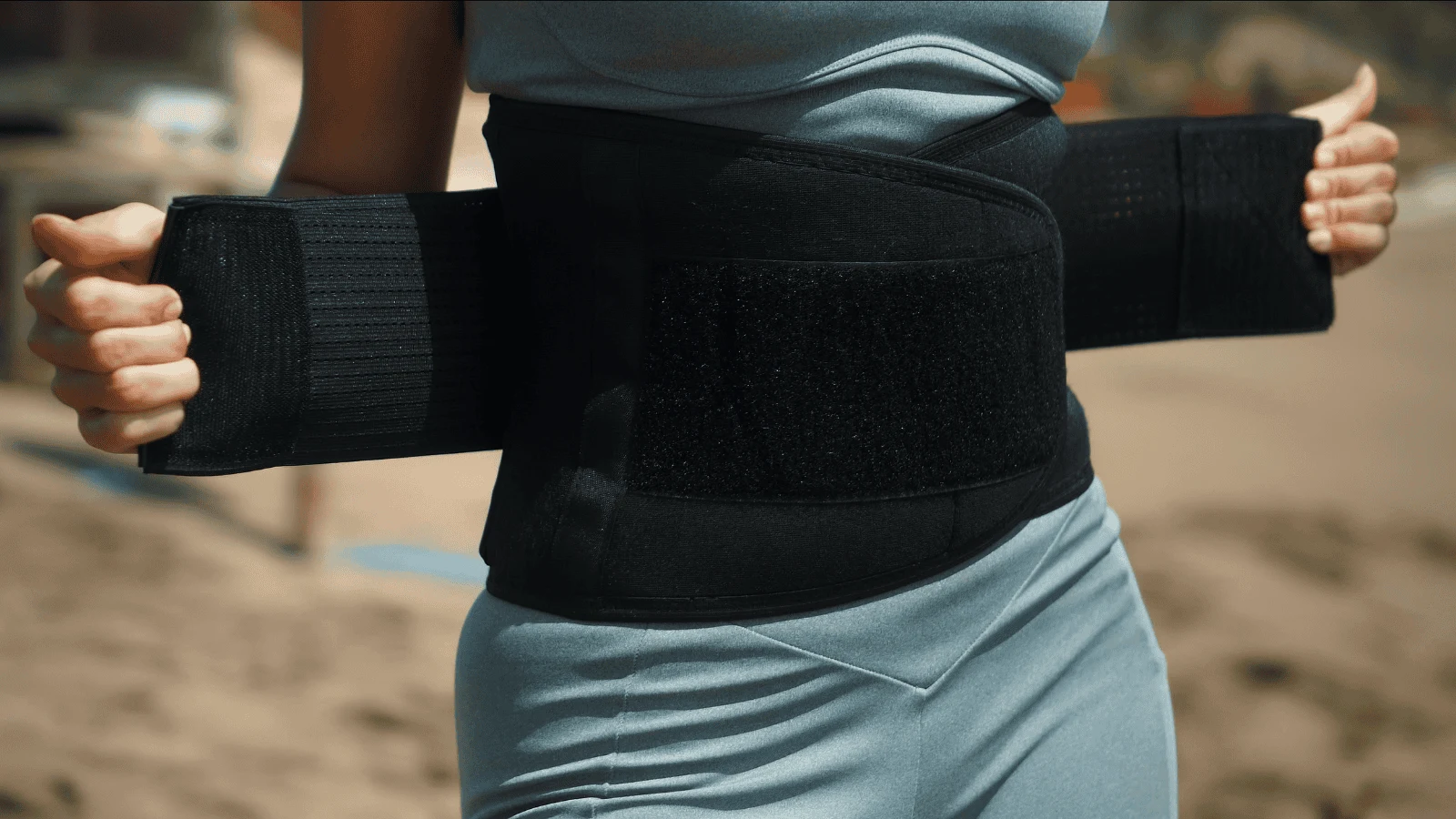
Waist trainers are corset-like bands that constrict the abdomen to create a slimmer figure. Some suggest wearing a waist trainer while exercising promotes fat loss. However, you may want to reconsider adding a waist trainer to your fitness lineup.
Harvard Medical School explains there is no objective evidence to support waist trainers for weight loss. Waist trainers are unlikely to have lasting effects on your body shape or size and may cause uncomfortable feelings of compression.
Instead: Strengthen Your Core
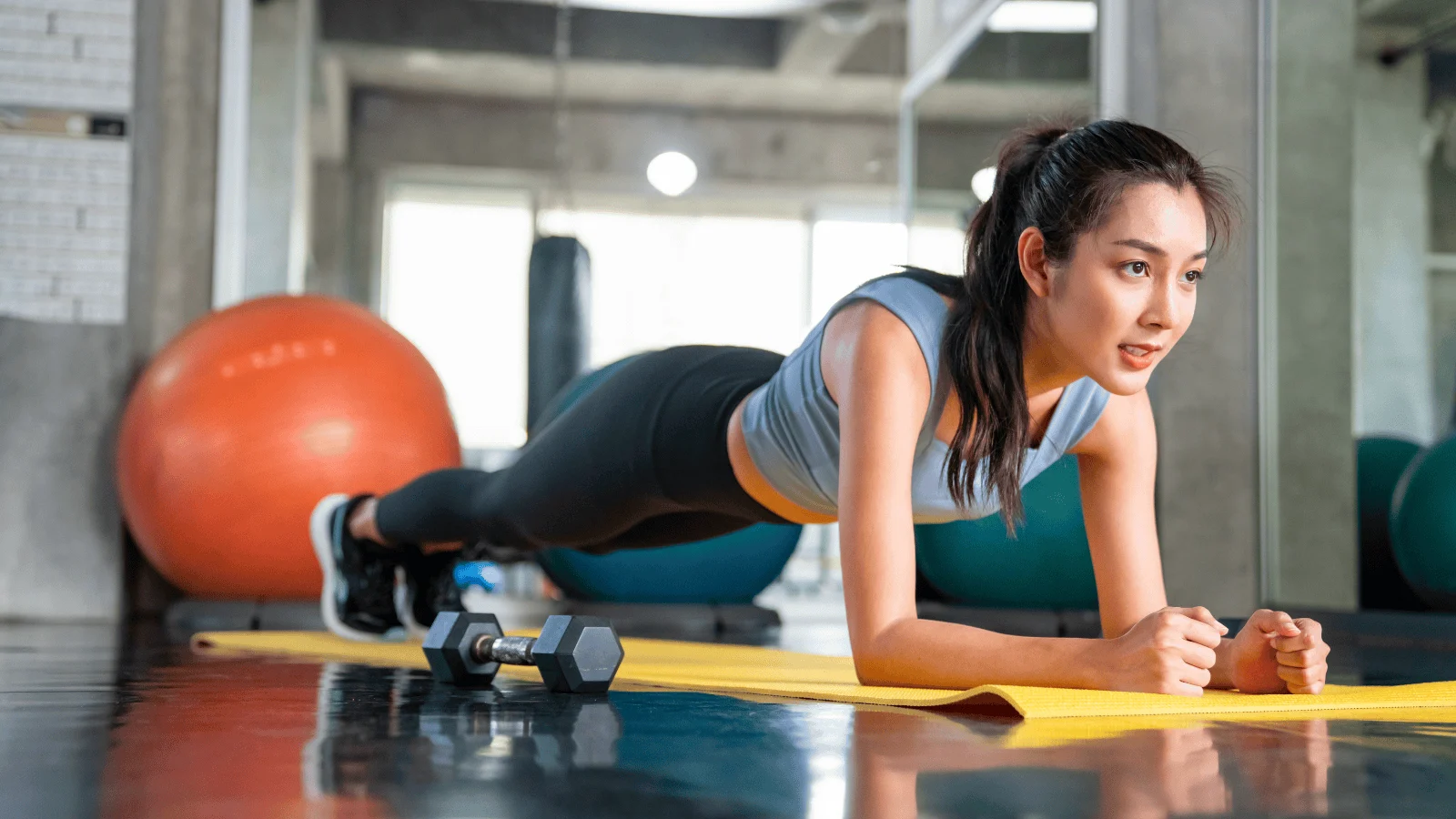
Incorporate functional abdominal exercises like planks into your workout routine for a stronger, more toned core. Devices like waist trainers won’t dramatically change your natural waist shape, but core-focused workouts can define your figure for a slimming effect.
Skip: Isolation Exercises
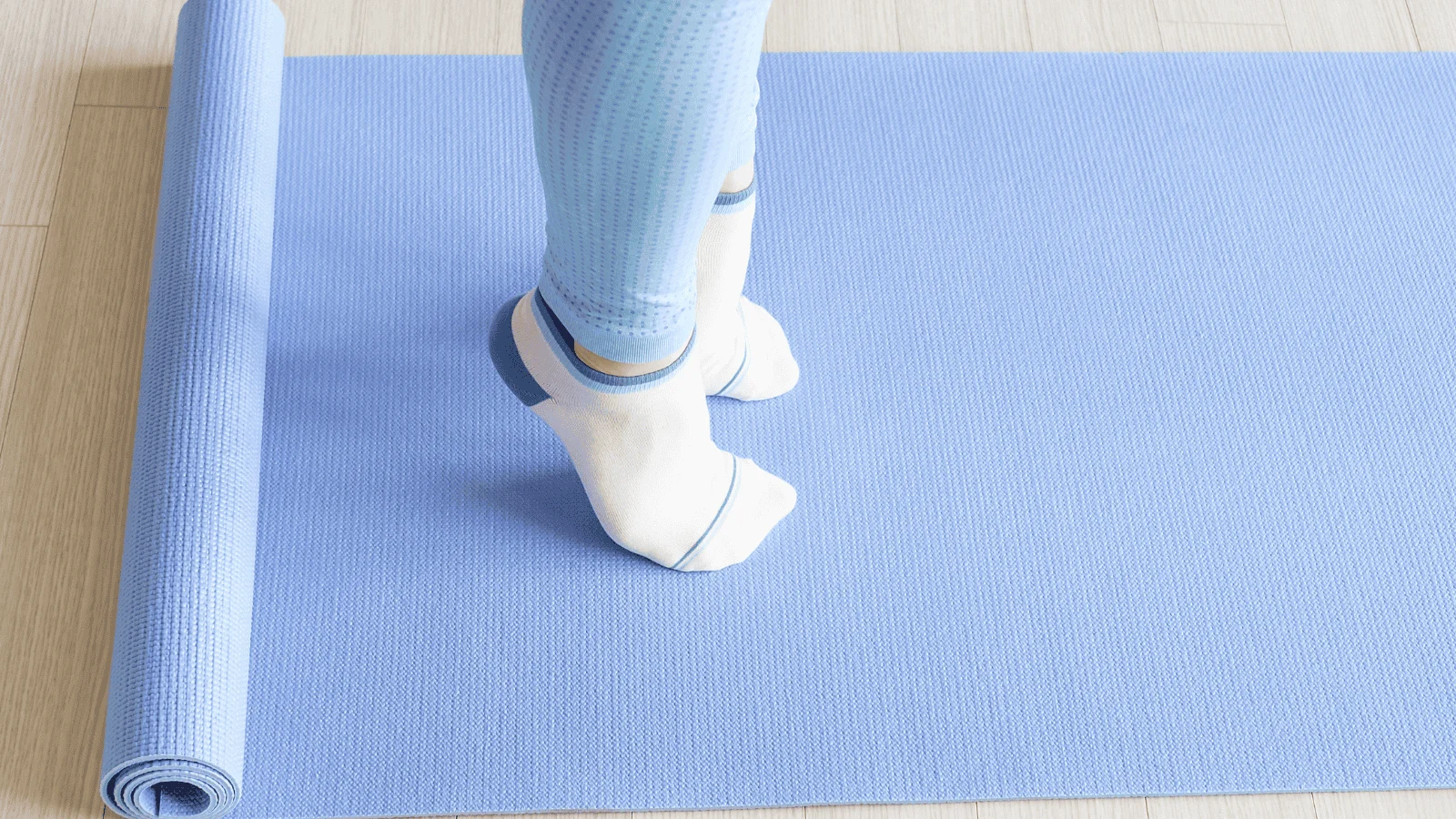
While many think isolation exercises are necessary to train targeted muscle groups, this isn’t the case. Isolation moves, such as calf raises and tricep kickbacks, are intended to work specific body areas for increased definition. Advanced athletes may benefit from isolation exercises, but they aren’t crucial to a well-rounded fitness routine.
Instead: Focus on Compound Workouts
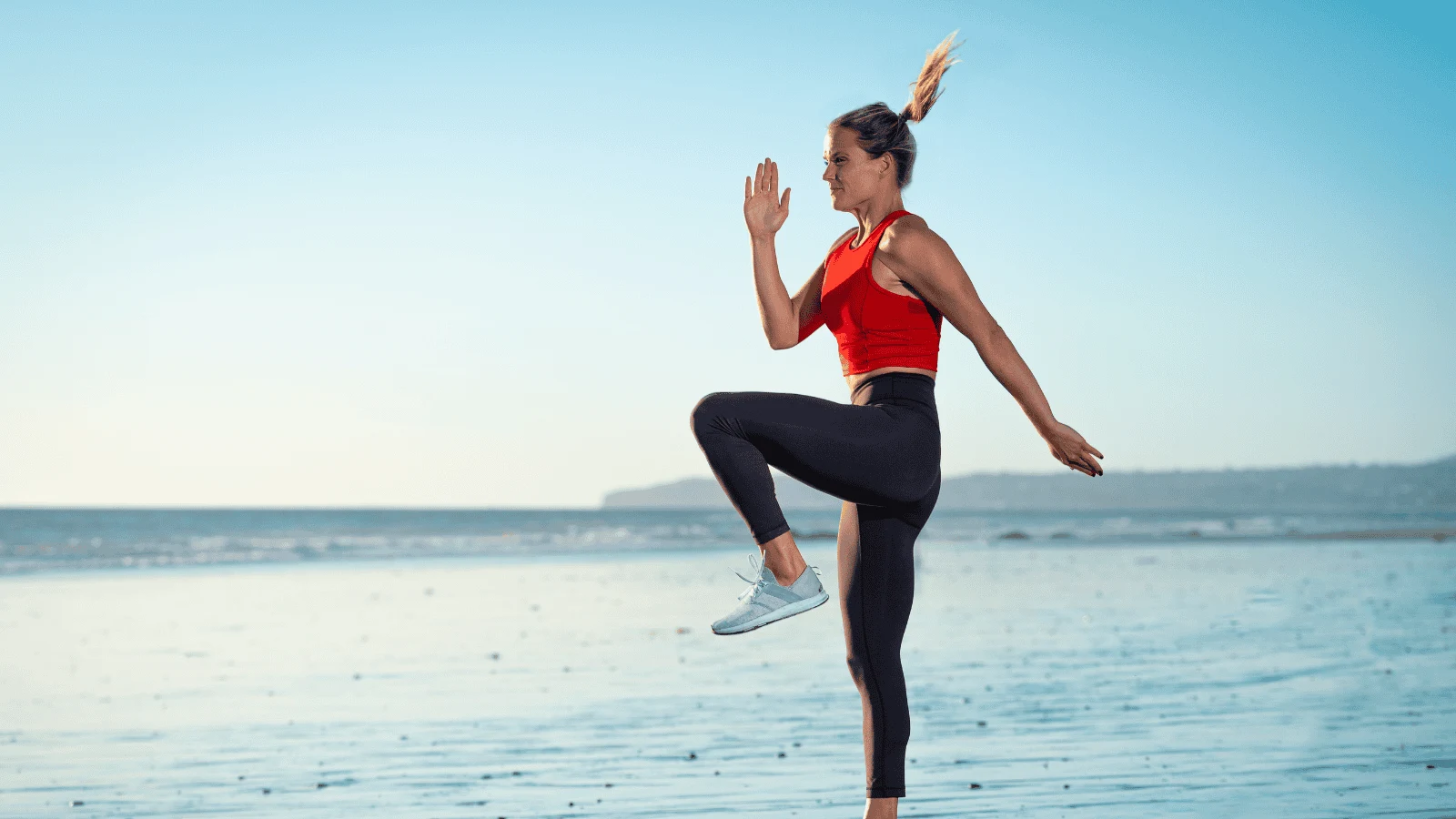
According to Men’s Health, exercises that utilize multiple muscle groups are ideal. Workouts centered on isolation exercises are generally less time-efficient and impactful to your build. They can complement your daily fitness routine but are more beneficial to those training for a specific physique. Stick to compound workouts that incorporate many muscles for overall strength.
Skip: Heated Workouts
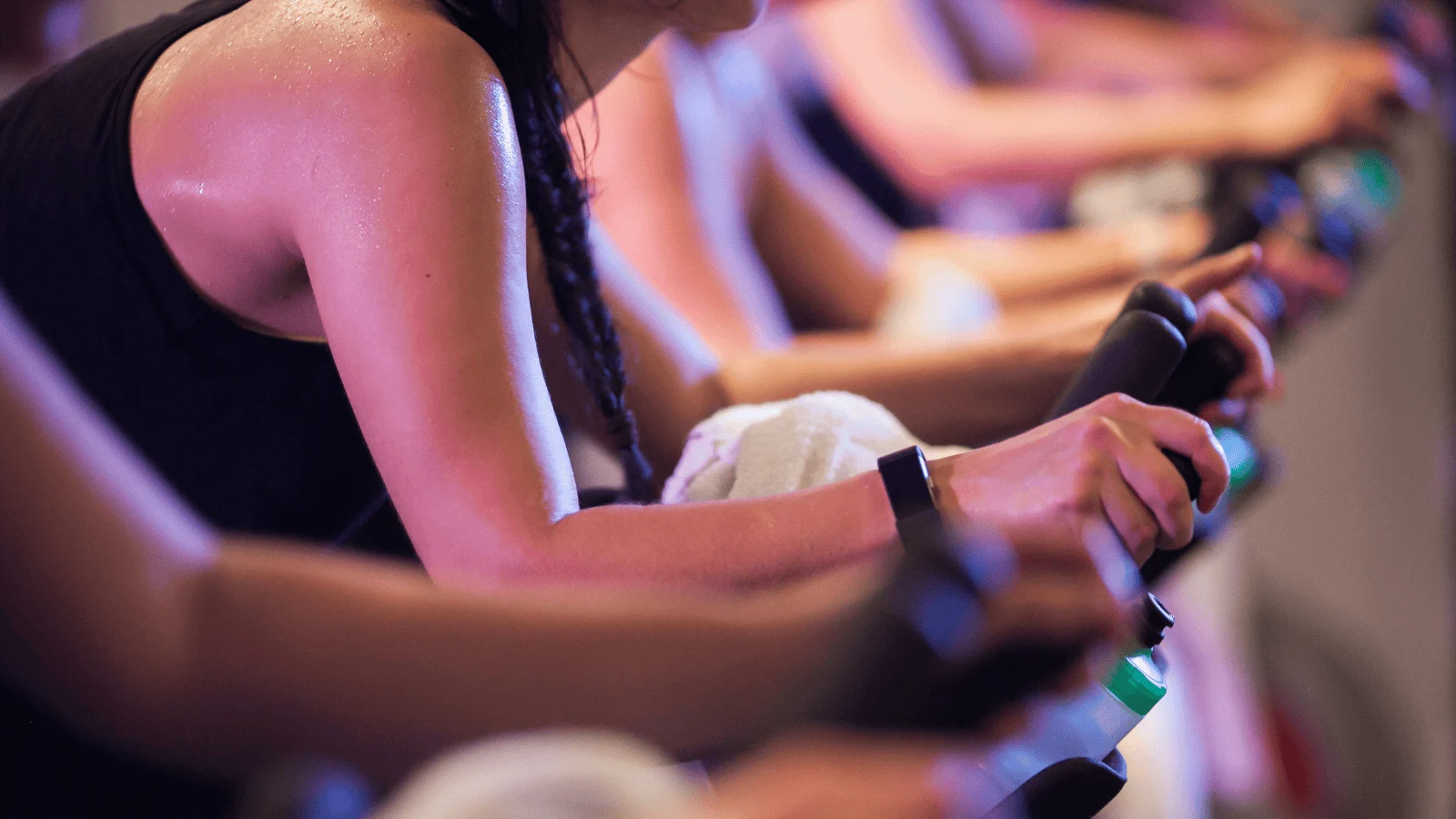
Hot yoga, pilates, and cycling are popular trends, but are they more effective than exercising at room temperature? Like most health principles, working out in higher temperatures has benefits and drawbacks. The main appeal of hot workouts is that they burn more calories since your body is working harder to regulate its temperature.
Manhattan Cardiology notes that exercising in the heat can lead to dehydration and overextension. Your body loses water and electrolytes while sweating, which can cause muscle cramps and dizziness. Overextending your muscles is also a concern, as you may feel more flexible than usual and push your body too far.
Instead: Exercise at a Lower Temperature
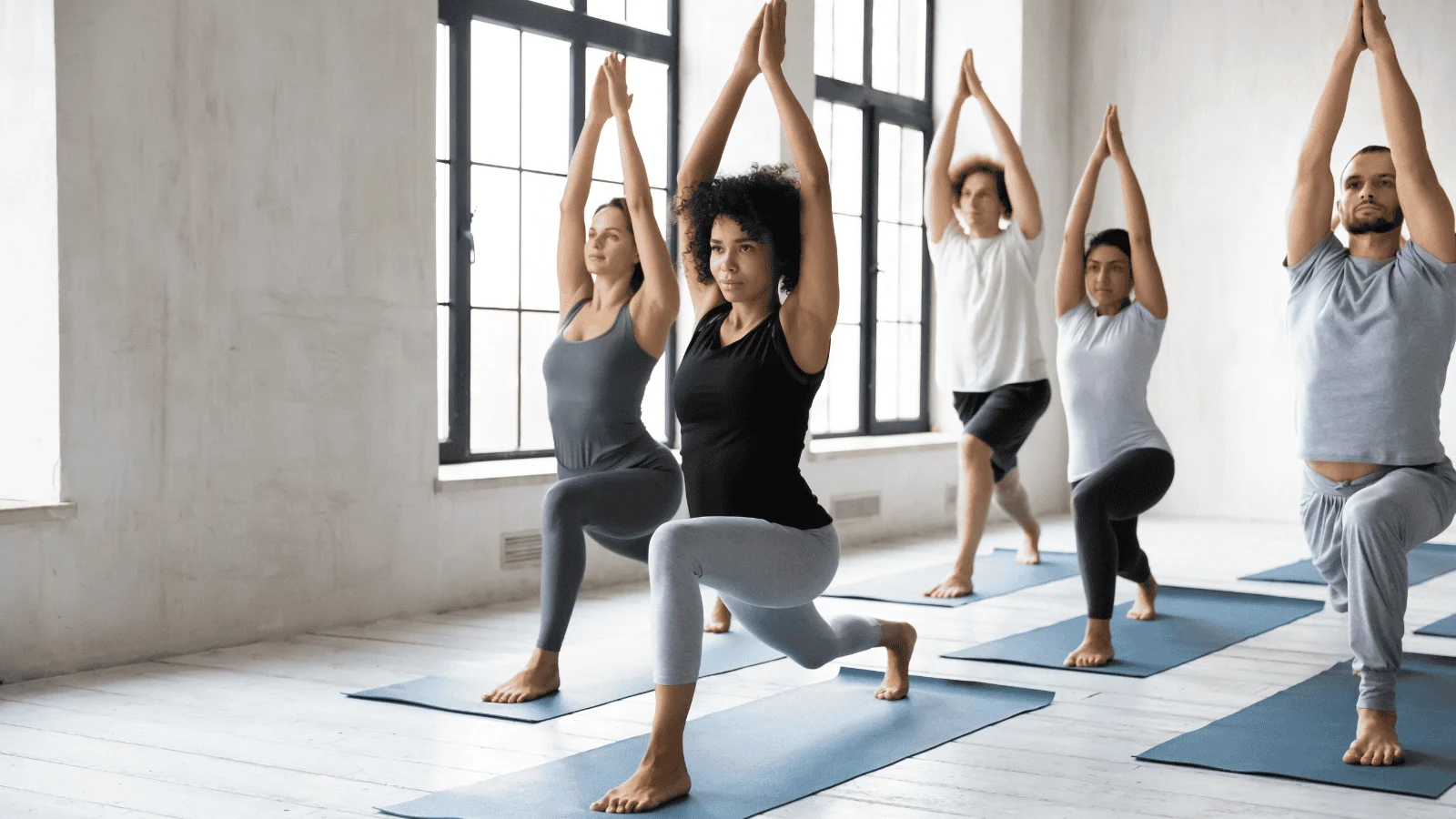
Hot workouts are a personal preference, but exercising at a lower temperature is typically just as effective. Proper hydration will also prevent the potentially adverse effects of excess sweat caused by working out.
Skip: Ab Machines
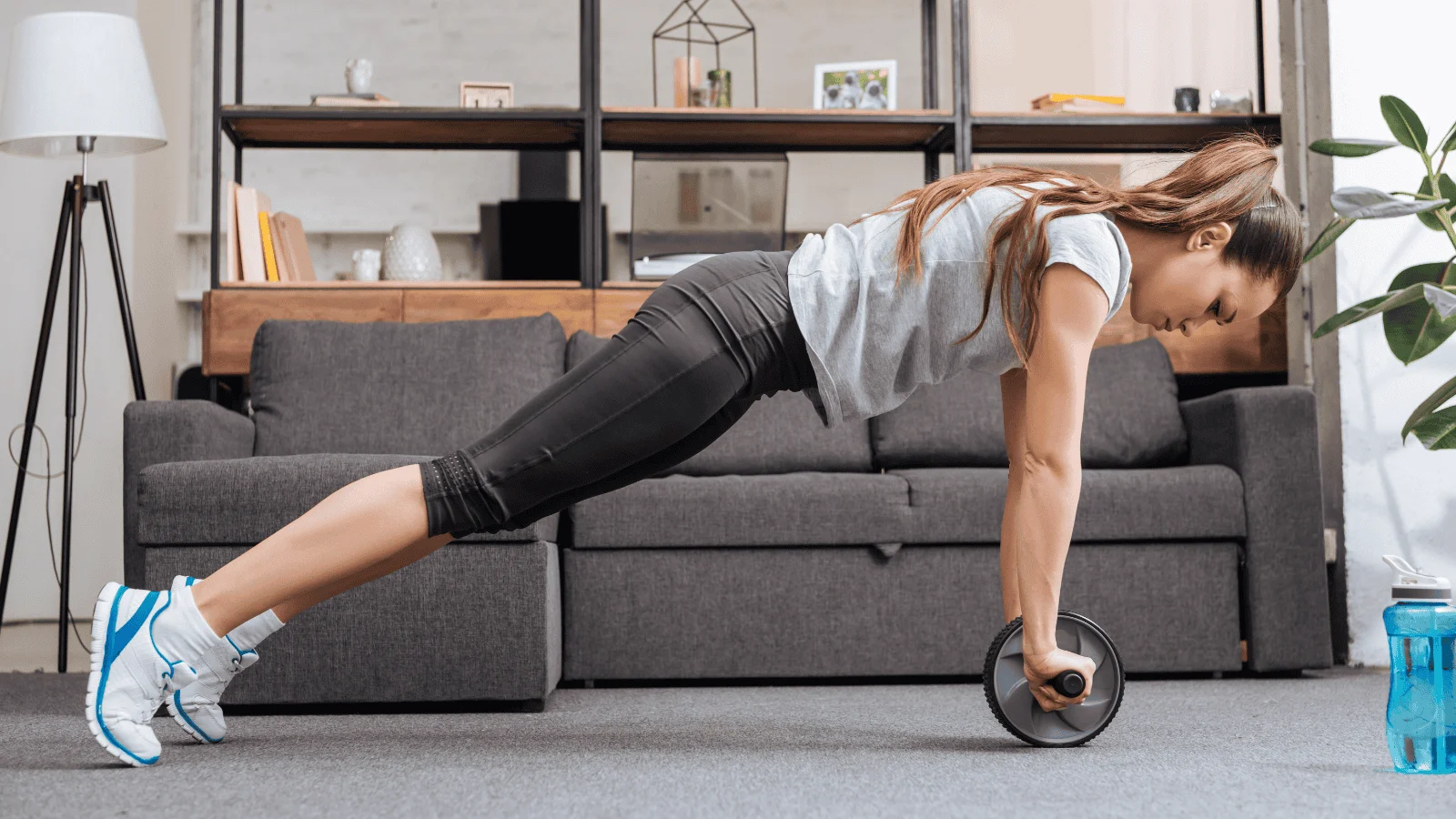
Supplementary trainers like ab wheels aren’t the most efficient way to train your abdominal muscles. Ab machines claim to provide lean, six-pack abs without doing hundreds of crunches. The American Sports & Fitness Association cautions using ab wheels and other trainers, as improper form can lead to lower back injuries. Simplified ab workout routines that rely on body weight and minimal gadgets are a better option to lower your risk of injury.
Instead: Stick to Functional Movements
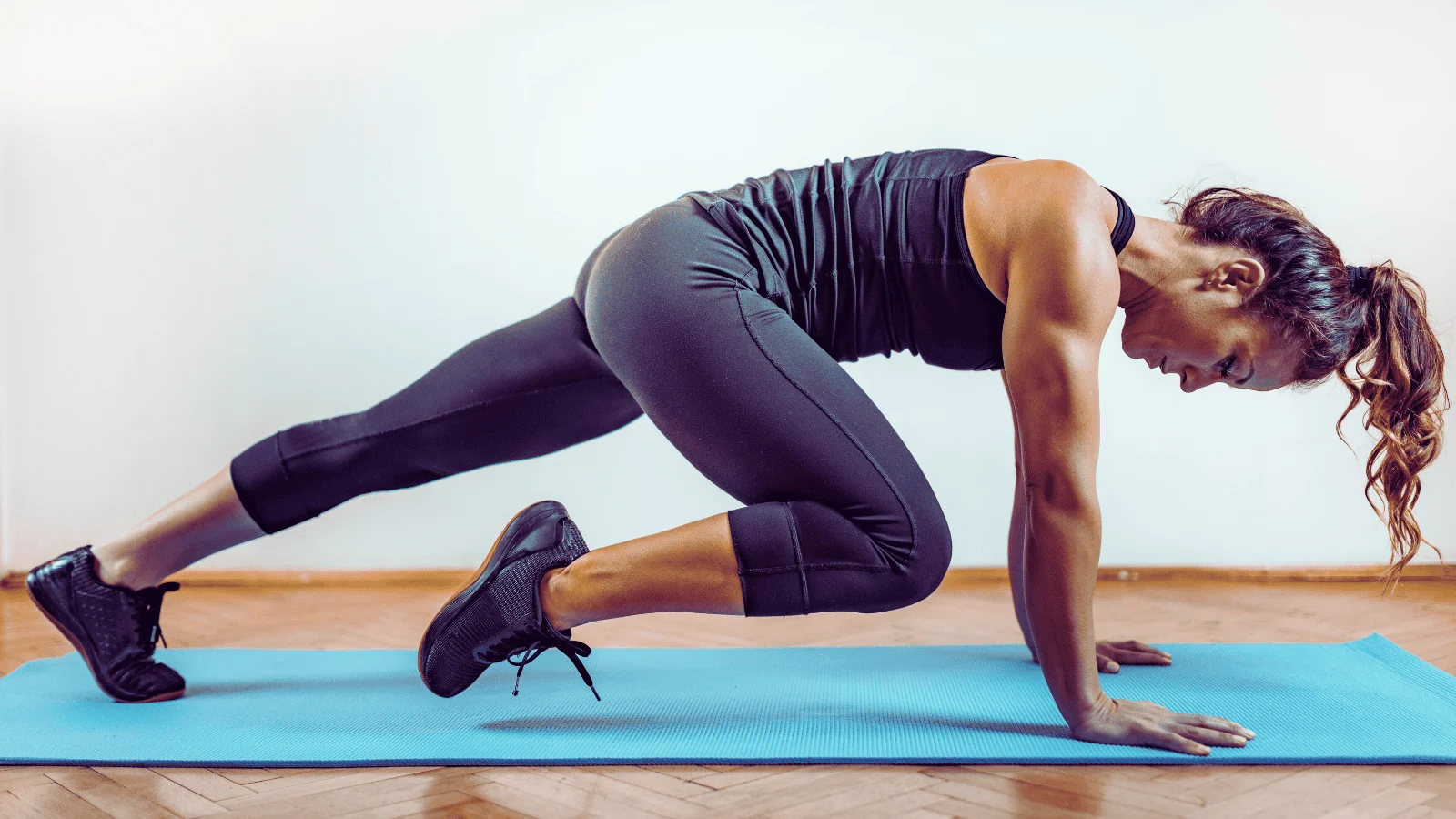
Planks, bicycle crunches, and mountain climbers are no-equipment exercises that strengthen your core. These fitness moves encourage your muscles to work as one cohesive unit. Prioritizing functional ab exercises will better support daily movements such as carrying heavy boxes or squatting to pick something up.
Skip: Training to Failure
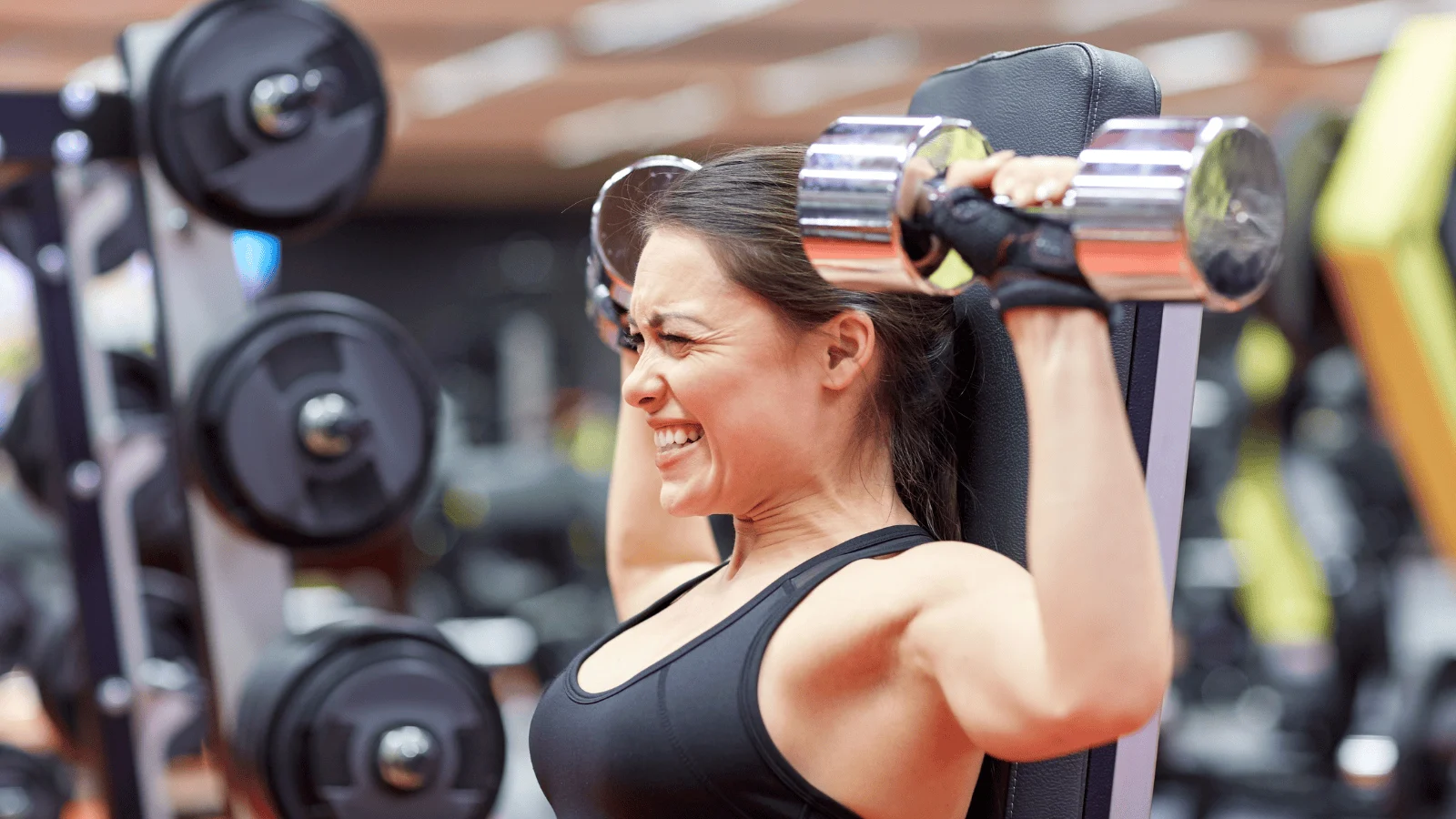
One of the latest fitness trends encourages doing as many repetitions as possible until your body fails to perform. Training until failure is popular among weightlifters who aim to gain muscle mass. The method is said to help athletes improve their strength by pushing their body’s capabilities to the limit. The National Library of Medicine, however, reports training to the point of failure is unnecessary for most people.
Instead: Gradually Increase Weight Resistance
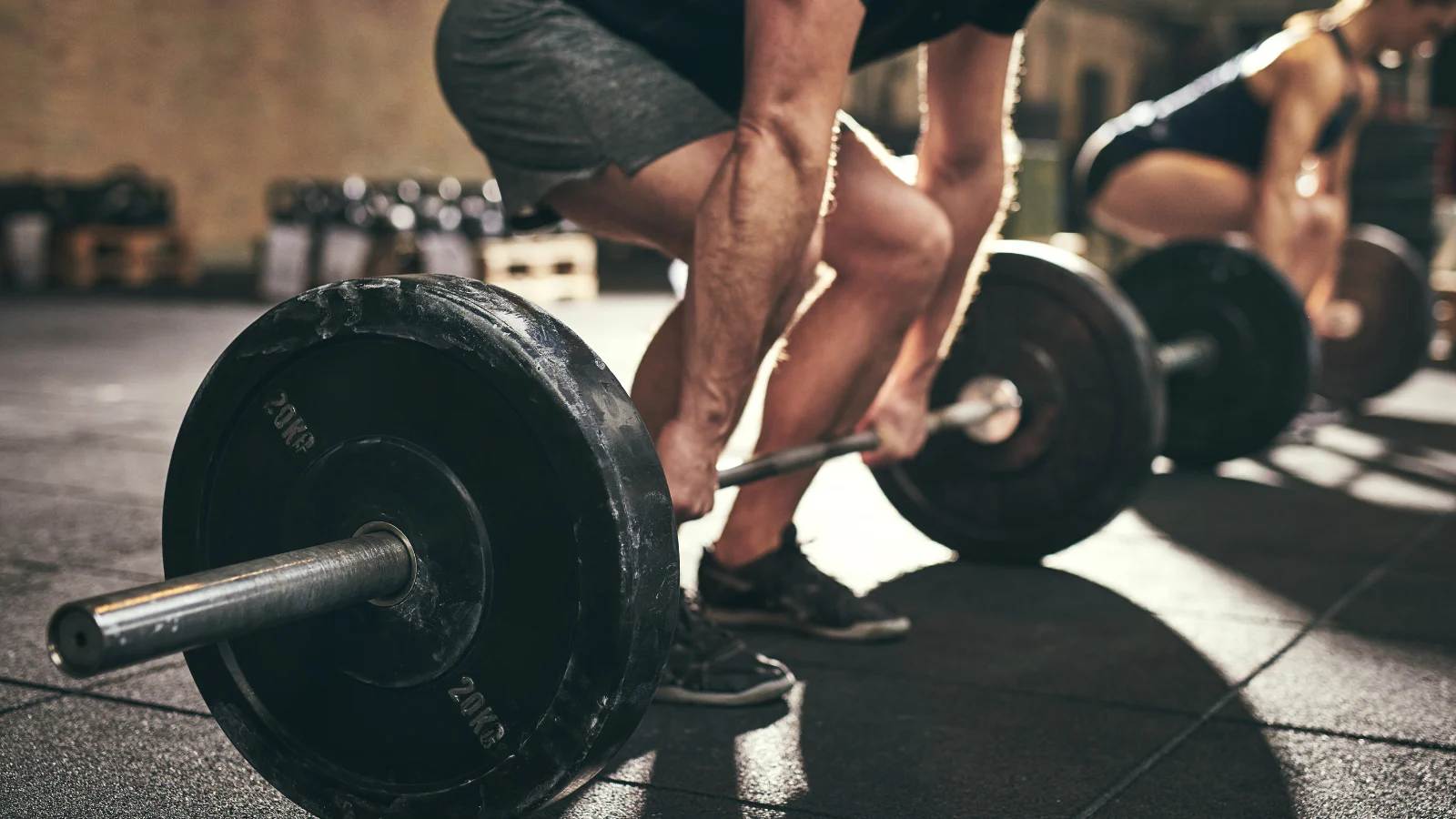
Improved muscle strength is attainable through steadily increasing resistance over time. Individuals with advanced weight training experience may benefit from performing reps until failure, but this method isn’t appropriate for everyone. A more realistic way to accomplish your strength goals is to gradually build up the weight you’re using.
Skip: Detox Workouts
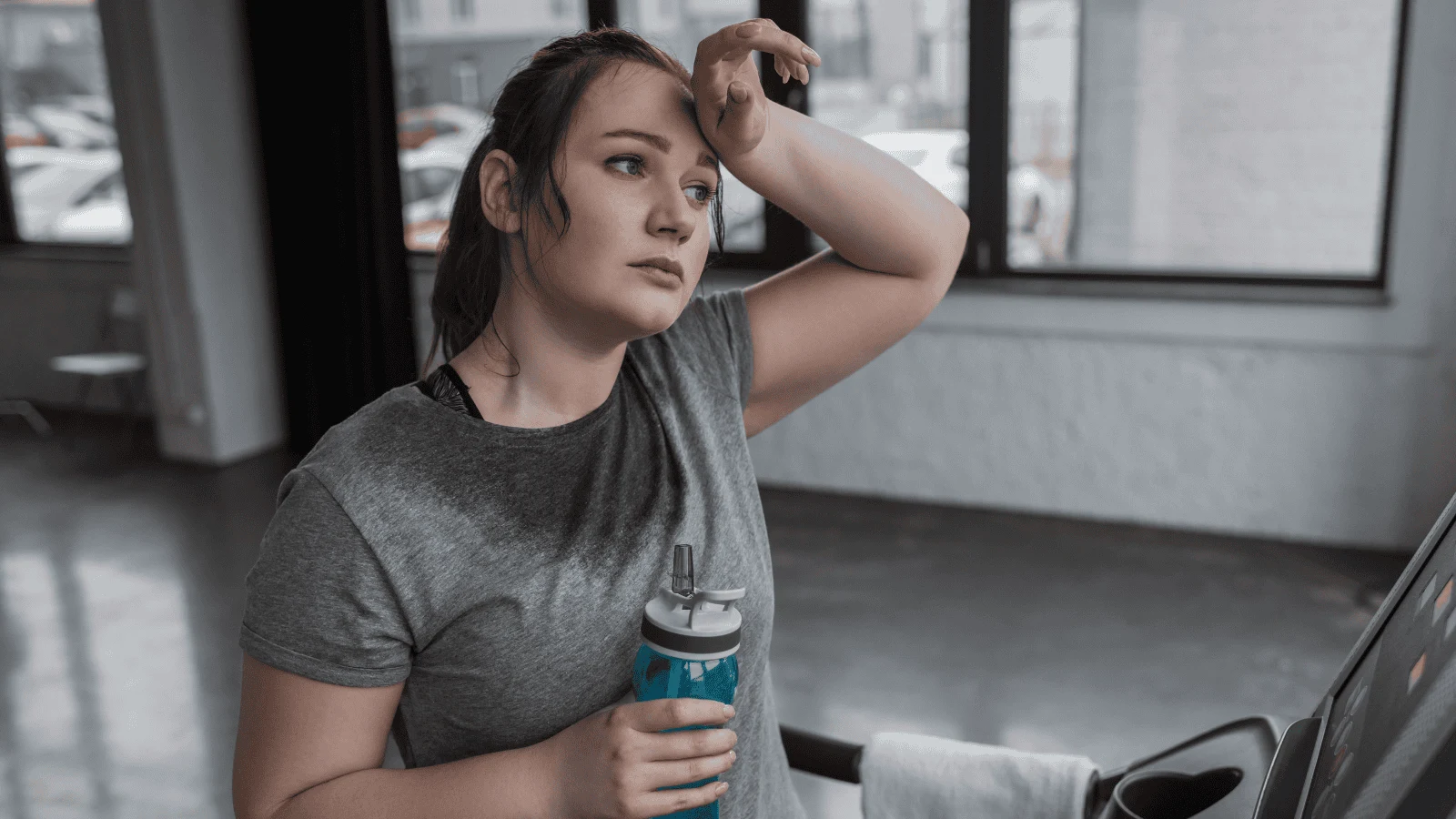
Fitness gurus often tout detoxifying workouts as a must for fat-burning. Many claim you can rid your body of harmful toxins by sweating them out through exercise. Detox workouts purportedly boost metabolism while cleansing the body, resulting in weight loss and fat reduction.
While sweating does release some chemicals and heavy metals, it isn’t an immediate weight-loss solution. According to the University of Arkansas for Medical Sciences, the liver and kidneys eliminate toxins. Sweat is 99% water, so forcing your body to release excess amounts through exercise can have the opposite effect of detoxification. Your kidneys may retain water to prevent dehydration and keep toxins in your system.
Instead: Hydrate
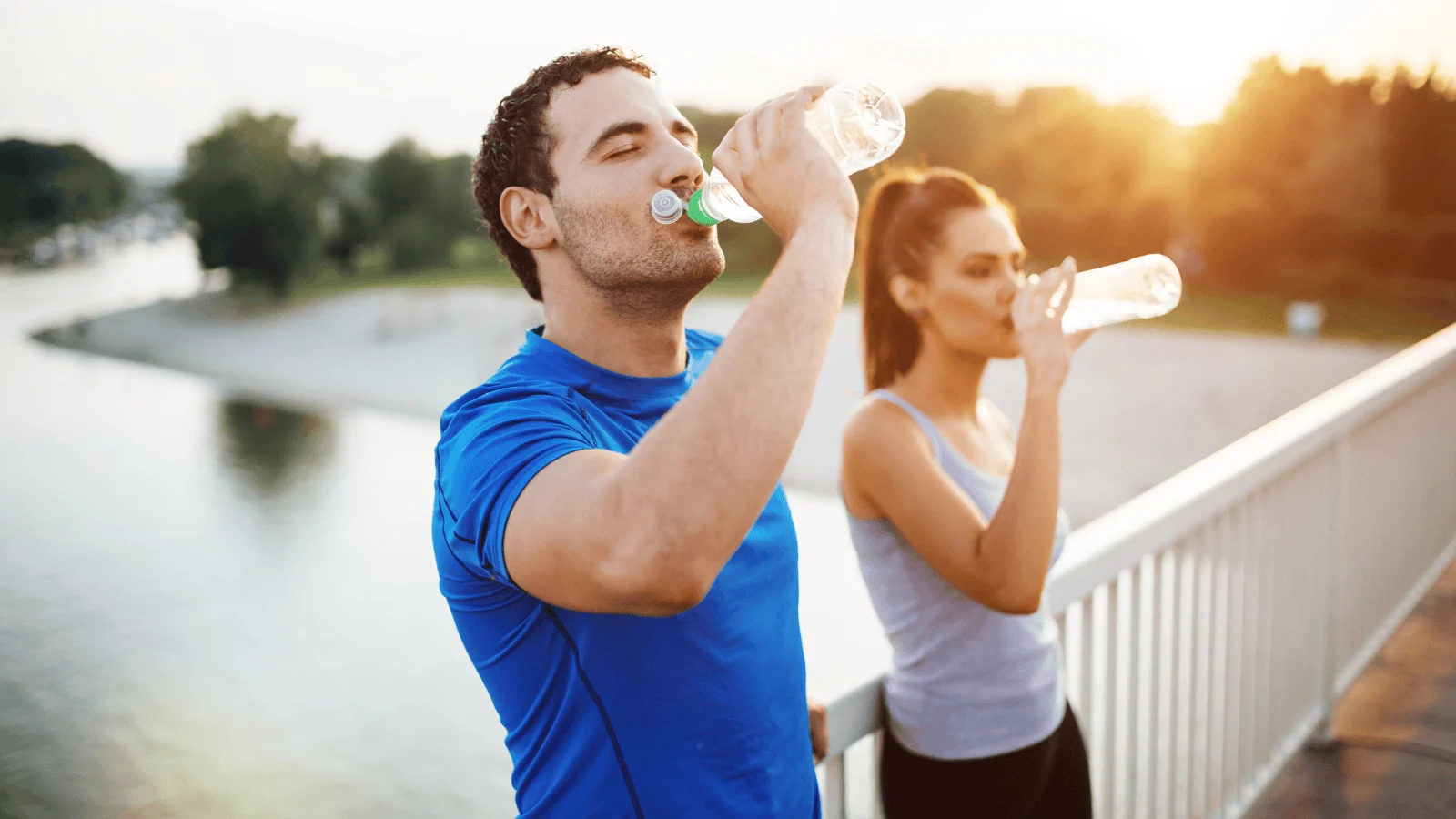
Proper hydration is the key to flushing your system of potentially harmful toxins and chemicals. Lifestyle habits such as getting adequate sleep and limiting alcohol intake can also help your liver and kidneys function at their best.
Skip: Gender-Specific Exercises

Recent trends surrounding gender-specific fitness routines assert men and women should train differently. Some believe specific exercises are more beneficial to one gender and that workout adaptations for men and women are essential for maximum effectiveness. Many female-specific routines, for instance, avoid lifting heavy weights to prevent increased muscle mass and bulkiness.
Women’s Health dispels this fitness rumor, explaining that exercise affects men and women similarly. All muscles, regardless of gender, function and respond to resistance training the same way.
Instead: Focus On Overall Strength
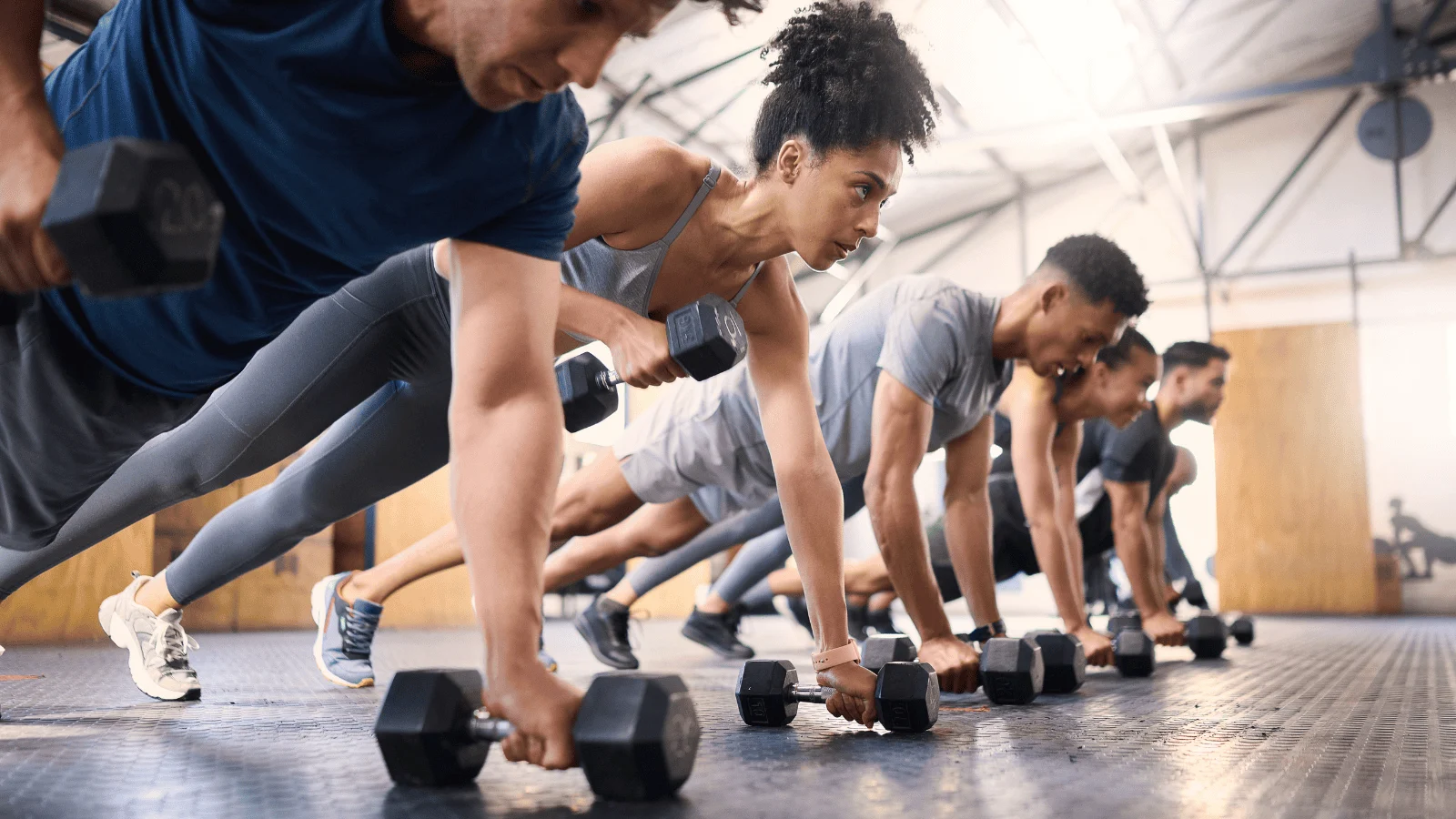
Factors such as hormones, energy levels, and overall body composition determine how your physique will change based on your workouts. A balanced and functional fitness routine is ideal for men and women looking to tone and strengthen their bodies.
Skip: Overtraining
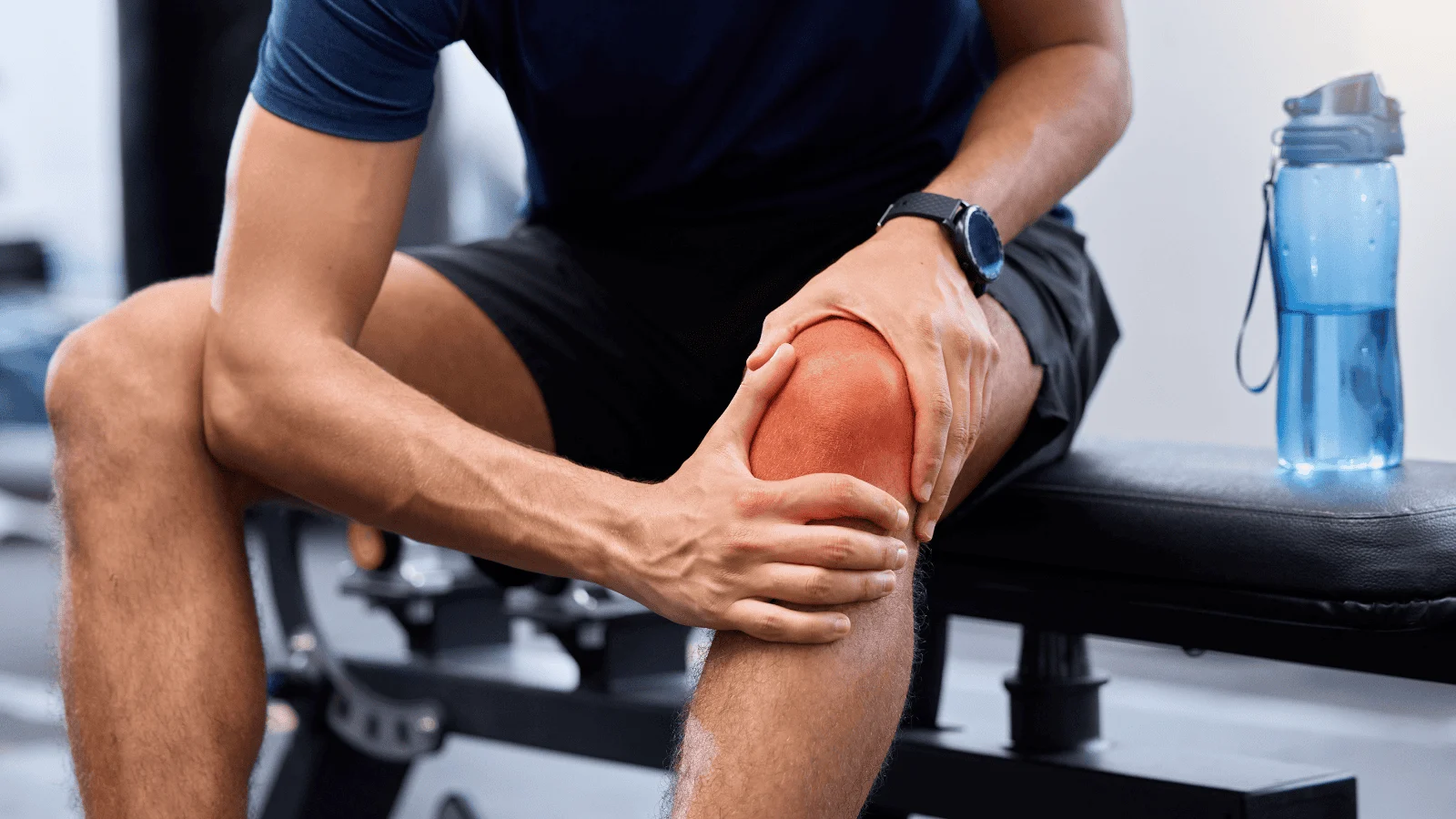
While intense daily workouts may result in weight loss, they can also have adverse effects. The fitness industry often markets daily training as the key to quickly accomplishing visible body changes. However, muscle recovery is an essential component of health and wellness.
Exercising daily for a prolonged period prevents your body from getting the rest it needs to function optimally. The National Academy of Sports Medicine highlights fatigue, prolonged muscle soreness, and declines in workout performance as typical signs of overtraining.
Instead: Get Enough Rest

Prioritize healthy sleep habits and regular rest days to prevent overexertion and support your progress in the gym. Allowing your muscles to recover between workouts can significantly improve your physical performance.
Rather than trying every new fitness trend that overtakes the industry, develop a practical routine of activities and movements that support your lifestyle and physical goals.
Versatile athleisure pieces can help support your health and wellness journey
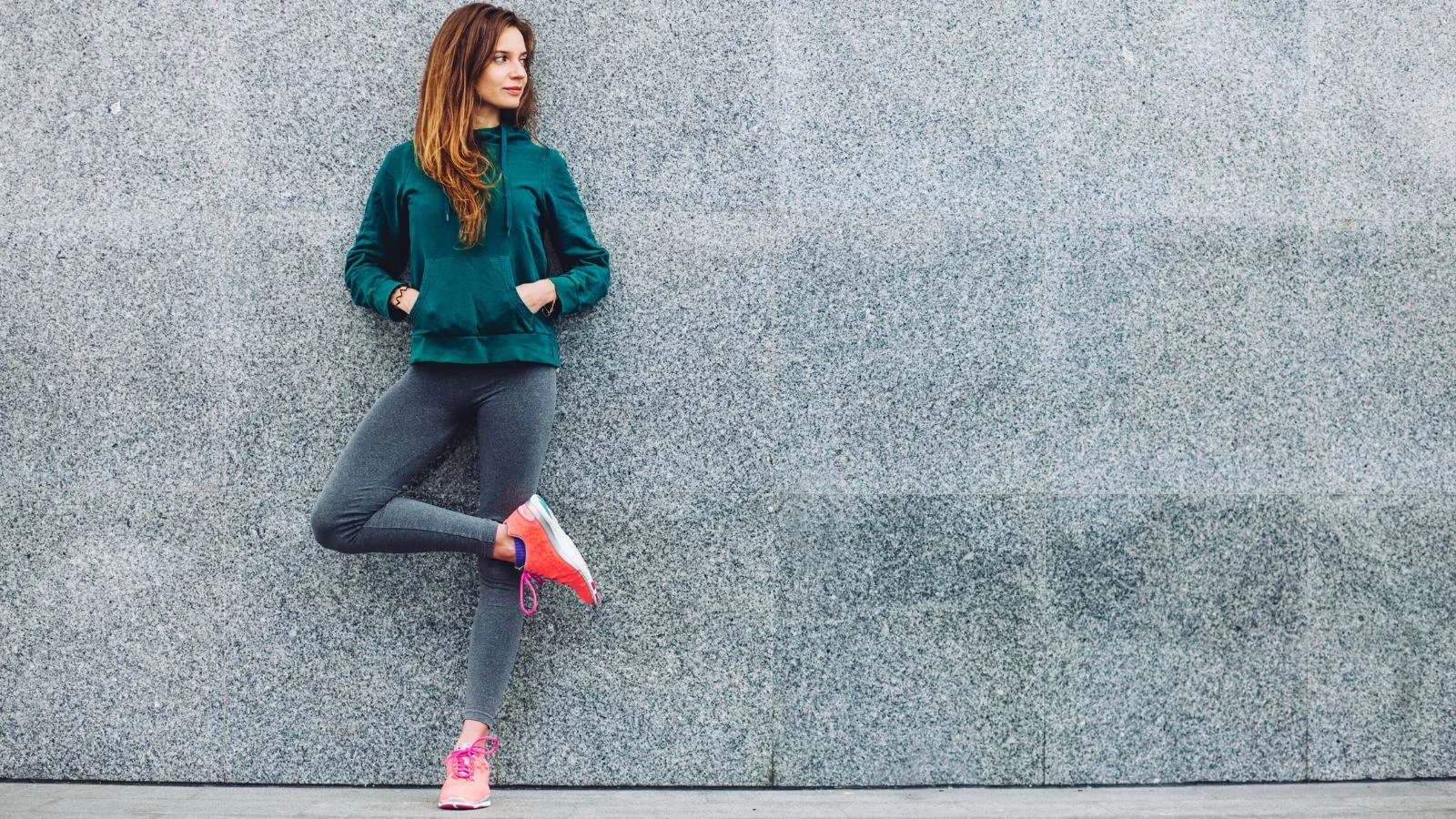
Adding stylish athletic pieces to your closet can motivate you to get active regularly. Many fitness brands specialize in functional clothing for running errands, working out, and other aspects of daily life.

Elise Armitage is an entrepreneur and founder of What The Fab, a travel + lifestyle blog based in California. At the beginning of 2019, Elise left her corporate job at Google to chase her dreams: being an entrepreneur and helping women find fabulous in the everyday. Since then, she’s launched her SEO course Six-Figure SEO, where she teaches bloggers how to create a passive revenue stream from their website using SEO. Featured in publications like Forbes, Elle, HerMoney, and Real Simple, Elise is a firm believer that you can be of both substance and style.



